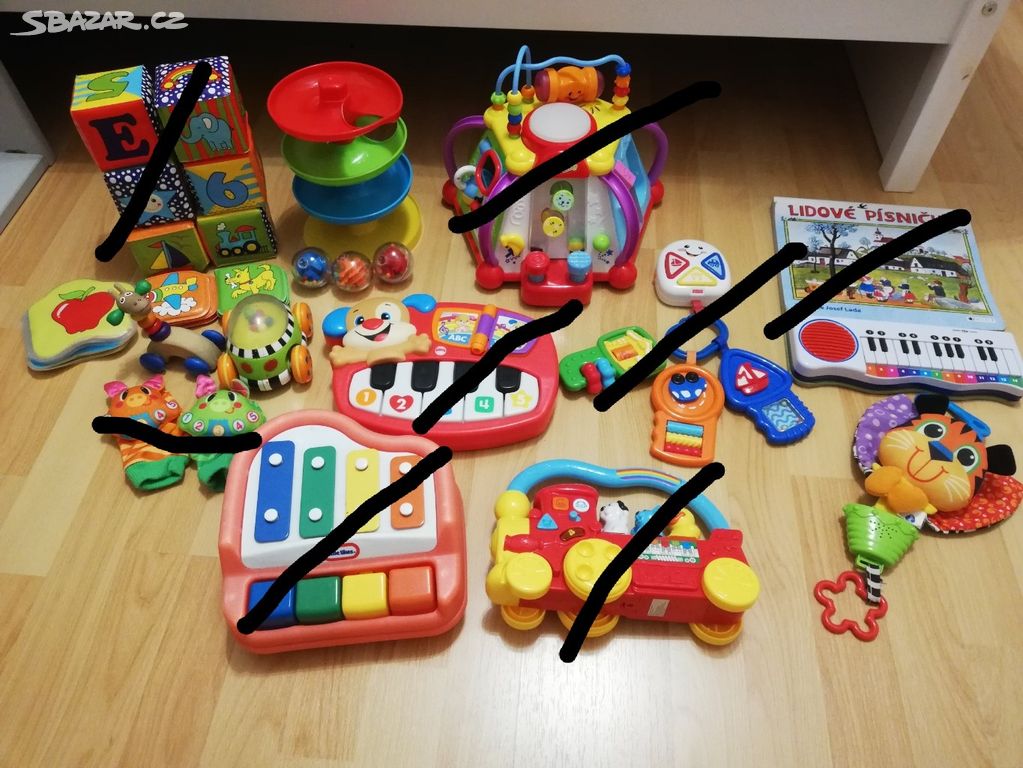
Interaktivní hračka pro děti od 1 roku výuková, s melodií a světlem, školní autobus, 24 cm - i-mimi.cz

Interaktivní hračka klíče pro dítě ZA4141 | Hračky \ Pro Miminka • Internetový obchod shoppingroom.cz

Nejlepší hračky pro batolata a děti do 1 roku? Zvukové hračky a kolotoče nad postýlku těší i nejmenší! | VeseleBydleni.cz













-500x500.jpg)







